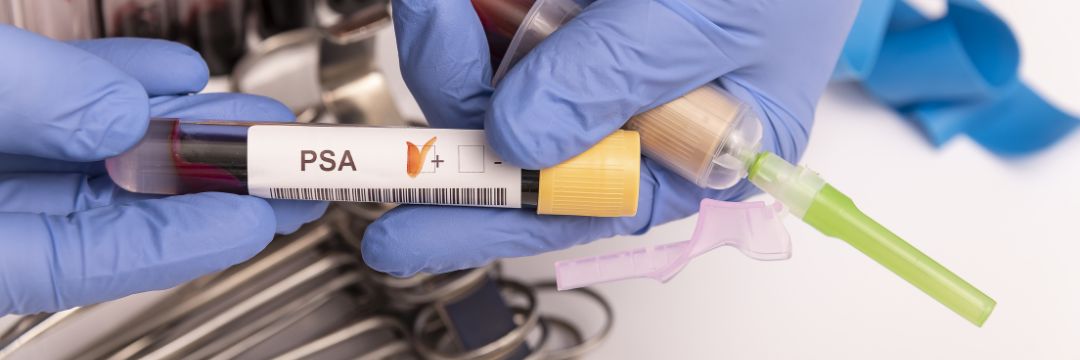
When most patients get a PSA reading, they don’t know the history of this test that turned it from one of the less reliable tests in medicine to arguably one of the most useful. We always look to educate our patients on PSA testing as it is a handy tool to understand, even as a patient. Historically, a single PSA reading was used to order a biopsy for prostate cancer. If the PSA is over four, we will biopsy. If we found cancer, it would be treated – often aggressively.
We quickly realized that this was not a great way to diagnose and treat prostate cancer patients because most prostate cancers are slow-growing, and many do not need treatments in their earlier stages. From this, we developed what is known as PSA velocity. Is PSA rising relatively rapidly over a short period? If yes, we’d biopsy; if no, we wait and watch. But even this had its limitations as many urologists biopsied candidates with increasing PSA, even if their reading was low – let’s say around two. From there, we added more modifiers, including PSA density, which accounts for other characteristics that may increase PSA. Today, PSA is an essential tool used as a front-line diagnostic in our prostate cancer practice.
The Three Factors That Can Increase PSA
When we discuss PSA, most people go directly to prostate cancer. High PSA equals a likelihood of prostate cancer. However, this is not always true, though the primary driver of rapidly increasing PSA is, indeed, malignancy. As mentioned above, PSA is no longer read as a single event. Instead, we use a trend line to see if cancer may be present. We might see PSA rising from 3 to 3.5 to 4 to 4.4 and higher over many years. Of course, this may also happen more rapidly. At this point, the trend and modifying factors tell us when a biopsy is likely the right next step.
Age
With our sophistication and understanding of the PSA, we also know that age is a significant driver of PSA. Older men have higher PSA, all other things equal. As such, we must make our best judgment to understand if the higher PSA trend is due to this irreversible cause or if a malignancy lurks underneath.
BPH
Benign prostatic hyperplasia, or BPH, is another cause of increased PSA. We have done much research on this topic and have a good idea of differentiating BPH-related increases in PSA from cancer-related issues. It’s also important to remember that the symptoms associated with BPH are rarely shared by prostate cancer, so if you are experiencing lower urinary tract symptoms, we do encourage you to visit Dr. Natale and rest assured that the likelihood is benign.
Prostatitis
An infection within the prostate, much like BPH, can cause PSA levels to rise.
While these are all non-cancerous reasons for PSA rise and none necessarily lead to prostate cancer, prostate cancer can co-occur with benign conditions. We recommend visiting a qualified urologist and men’s health specialist for a definitive diagnosis.
Next steps
Once the PSA trend has been read, and if there is a suspicion of malignancy, we work with our pathologists to send biopsied prostatic tissue to our lab. These specialized professionals send back the pathology results to give us a better idea of what cancer it is. This usually comes with a Gleason score, which we explain in our blog here.
In some cases, a prostate MRI may be ordered, though this is by no means a surefire next step. Prostate MRI can be helpful in a narrow set of circumstances to understand more about the tumor and any spread that may have occurred into surrounding structures and lymph nodes.
Finally, Dr. Natale and his patient decide on how exactly to proceed. This may include watchful waiting if we believe that the prostate cancer is slow growing. Some patients with more aggressive cancers may require a prostatectomy, which involves the removal of the prostate. This is a straightforward procedure, but even nerve-sparing prostatectomies have a relatively long recovery process, which Dr. Natale will explain during the consultation.
We encourage you to contact Dr. Natale for your regular check-up and prostate exam if you are experiencing any lower urinary tract symptoms. From treating BPH or large prostate to prostate cancer, Dr. Natale offers his patients a full range of services and therapies to maintain and improve their prostate health.









